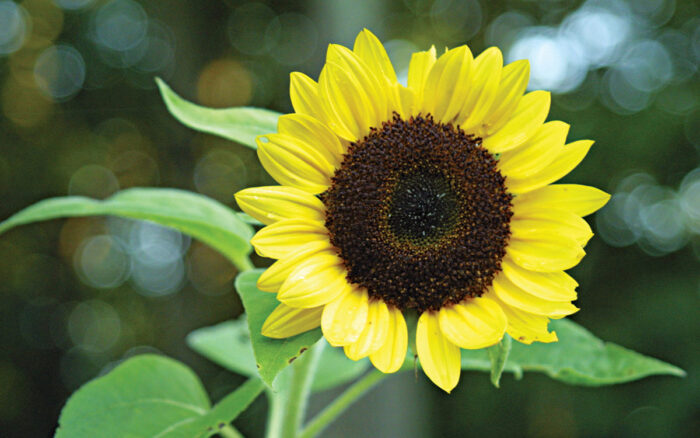
As we enter the dog days of summer, many of us are buzzing about with trips to the beach, firing up the old grill, and celebrating our country’s independence. In between our attempts to pack as much into the warmer months of the year as we can, consider growing a plant that symbolizes the peak of the season like no other, the sunflower (Helianthus annuus, annual). Though considered in some circles a somewhat pedestrian plant that befits only the beginner gardener, there are many reasons why growing sunflowers are a boon to your garden. Learn all about how and why to grow annual sunflowers below.
Sunflower Basics at a Glance(Helianthus annuus) Annual Light: Minimum 6 hours a day of sunlight Soil: Well-drained, slightly acidic to somewhat alkaline Moisture: Deep, regular watering Fertilizer: Not necessary. Can apply slow-release fertilizer after second set of leaves appear to help growth. |
Did you know? The name “common sunflower” did not come from its sunshiny appearance but the plant’s ability to follow the sun. Young flowers are able to track the sun from east to west daily and reorient themselves every night to greet the sun in the morning. As the inflorescence matures and the floral stems gain rigidity, the sun tracking ceases and the fixed position as maturation occurs is due east. This phenomenon of flower heads following the sun is called heliotropism. |
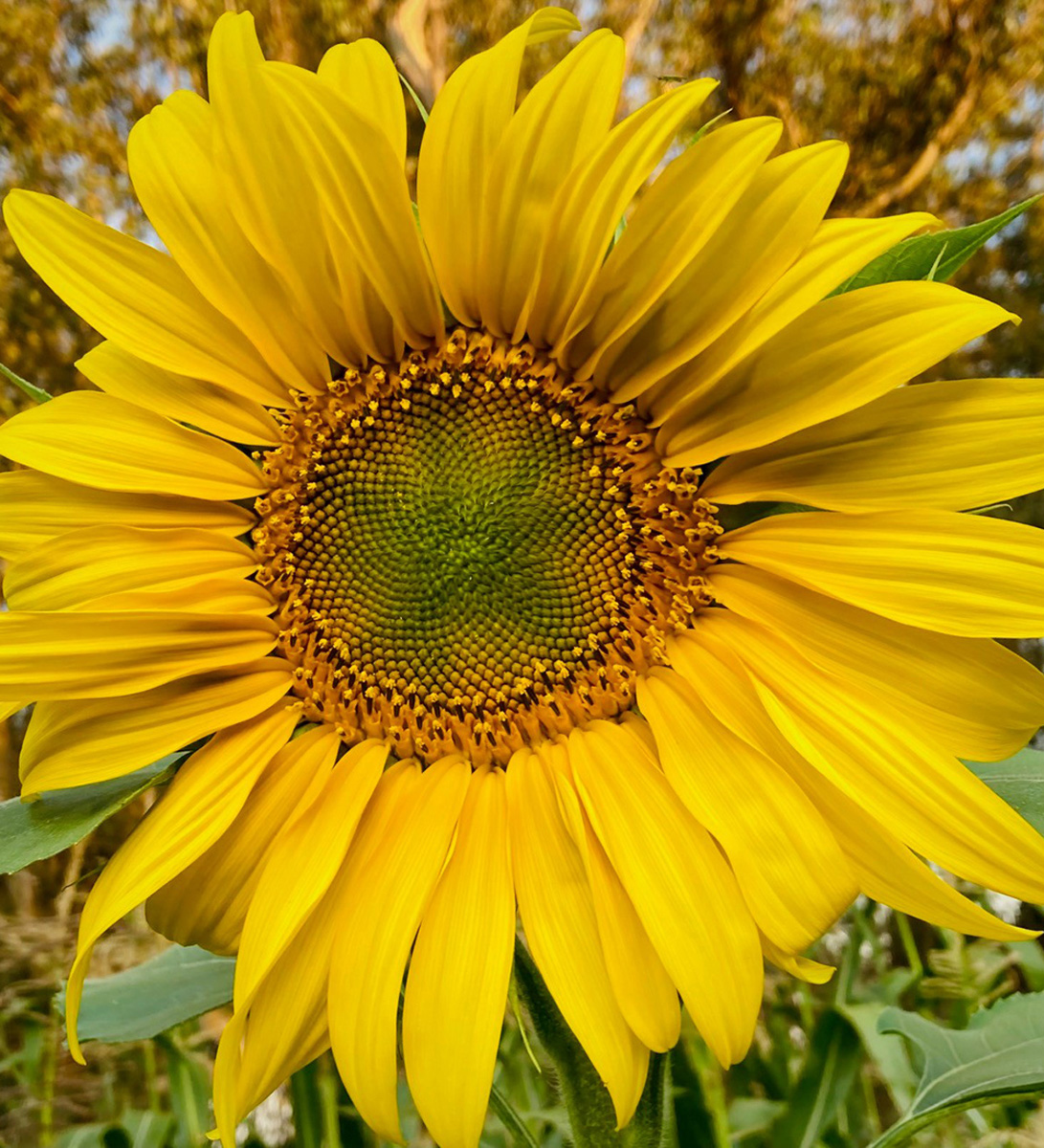
Grow Sunflowers for Pollinators and Wildlife
Although many assume a sunflower is one large flower, the inflorescence, or flowering structure, of Helianthus annuus is actually a composite of many flowers. This is a telltale trait for the Asteraceae family, to which sunflowers, daisies, aster, and others belong. The composite head is made up of hundreds, or even thousands, of individual tiny disc florets inside a ring of ray florets. The outer ray florets are sterile, but the countless disc florets can all produce a viable seed if properly pollinated. As a result, sunflowers are loved by pollinators due to the high concentration of nectar and pollen provided by the thousands of tiny flowers in a compact space.
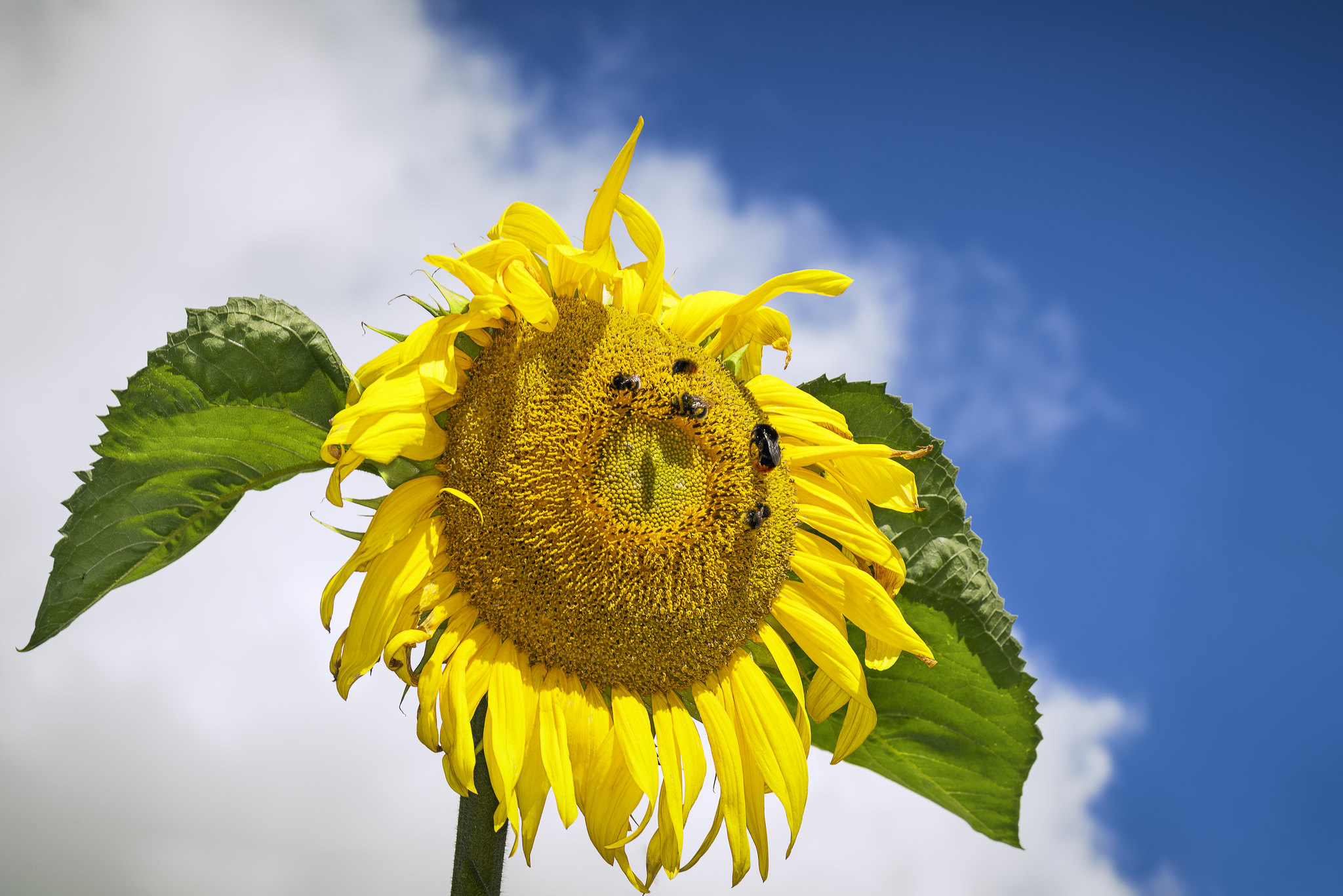
The bird enthusiast among us may consider growing sunflowers to supplement the fall and winter diets of our feathered friends. Sunflower seeds are extremely nutritious, an excellent source of protein, and high in calories. As birds prepare for fall migration, sunflower seeds can help them build reserves for their long flight. Conversely, those that endure the winter very much appreciate the seed’s high fat content to keep them warm through the colder months. The goldfinch, great spotted woodpecker, house finch, northern cardinal, black-capped chickadee, junco, mourning dove, tufted titmouse, gray catbird, white-breasted nuthatch, and many others favor sunflower seeds as a food source. Learn more about supporting birds in winter.
To mimic the natural seasonality of migration or building up of reserves for the winter, simply leave the mature flower on the stalk and allow birds and other mammals such as squirrels and chipmunks to forage as they see fit. Or, if you would like to supplement feeding throughout the winter, harvest the flower heads as they begin to turn brown and hang them in a dry location for use later. Learn more here.
Also an excellent food source for humans, sunflowers have become a more commonly grown agronomic crop. Thousands of acres are sown yearly to produce sunflower oil as well as roasted seeds. Roasting your own sunflower seeds can make for a healthy and delicious snack or a special handmade gift.
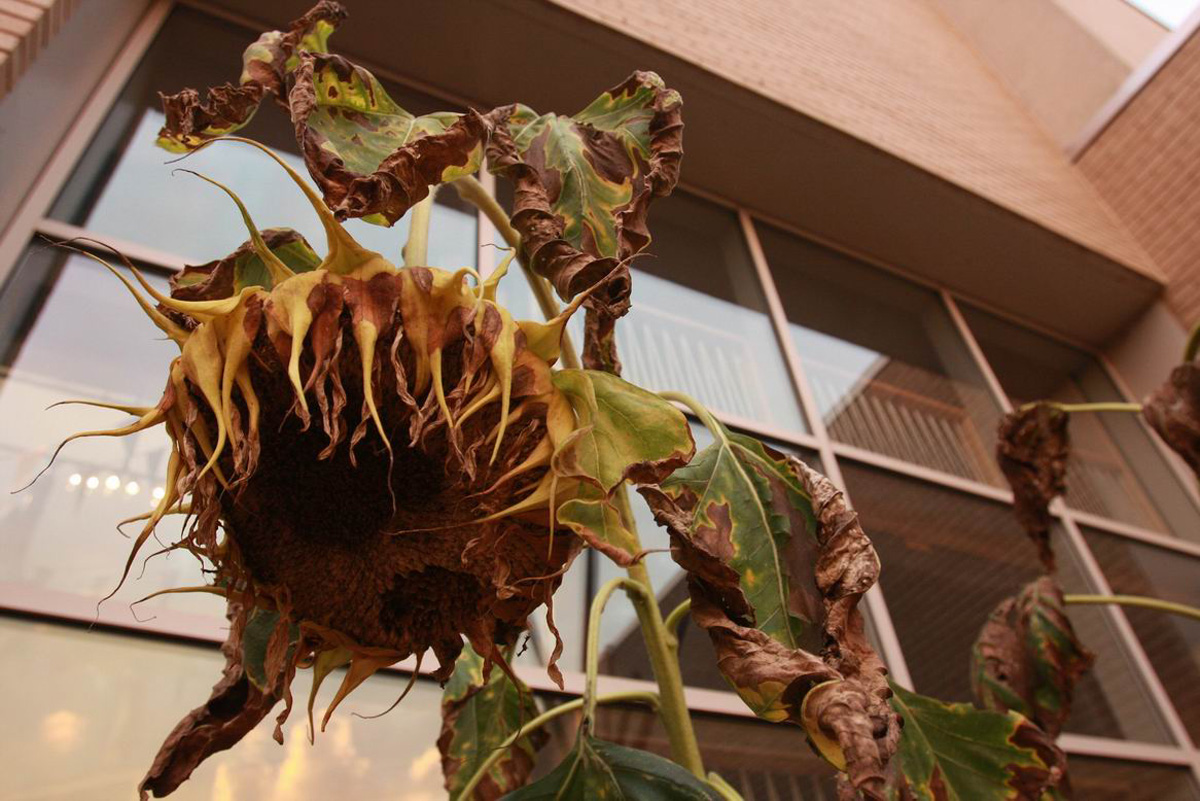
Growing Sunflowers from Seed
A relatively quick-to-mature crop, 85–95 days is all that is needed from planting to harvest. To extend the floral display, stagger planting of seeds or seedlings every 2–3 weeks.
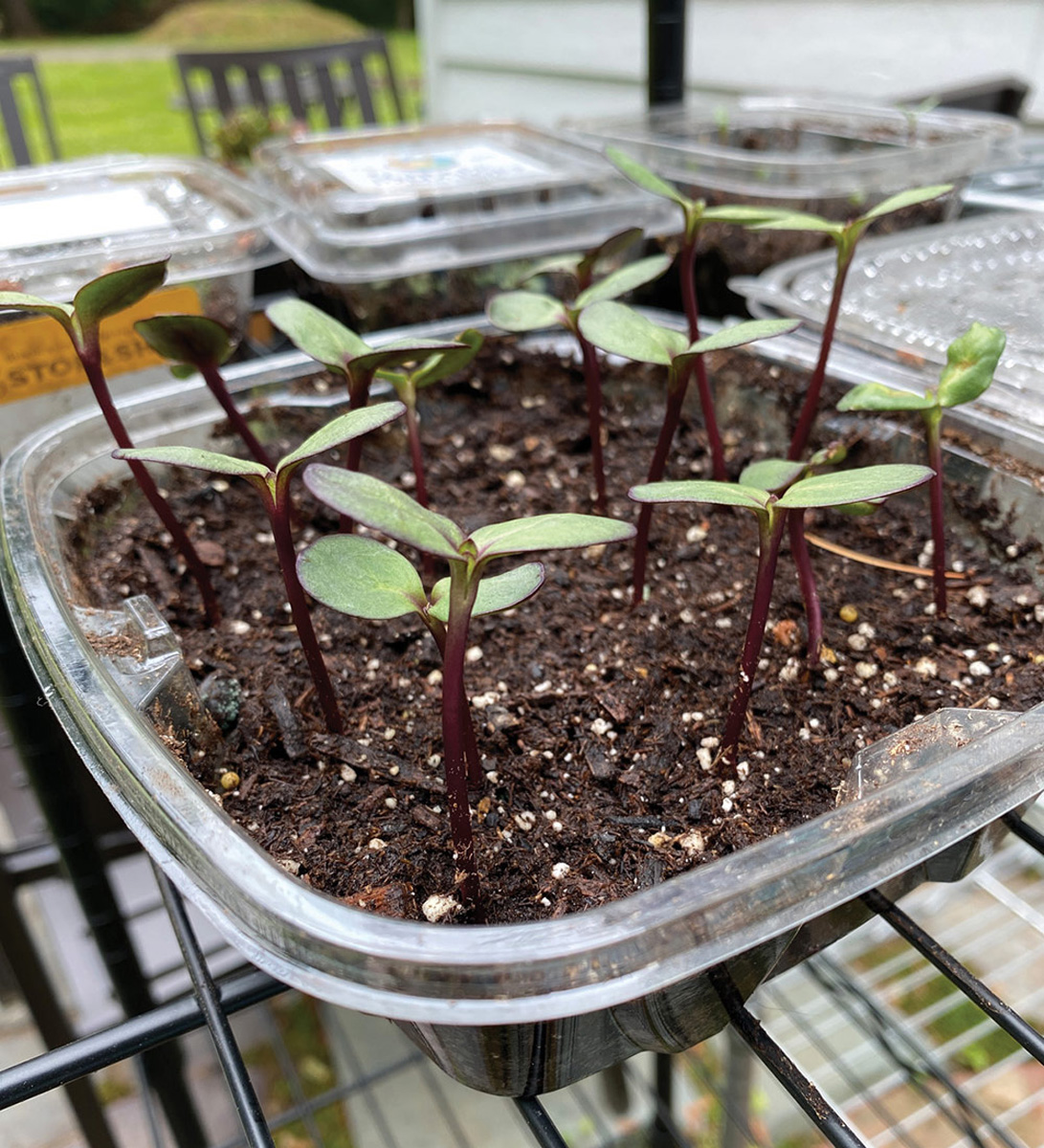
How to Direct Sow Sunflowers:
- As an annual, the simplest way to establish a healthy patch is to direct sow seeds after the threat of frost has passed, sowing each seed 1–2 inches deep and 6″ apart.
- Depending on the mature size of the cultivar you choose, you may need to thin the seedlings to avoid overcrowding.
- If planting in rows, allow 2–3 feet between each plant.
How to Start Sunflower Seeds Indoors:
- Starting seeds indoors to encourage earlier flowering once planted outside is also a viable option.
- If you do start seeds indoors, please remember to slowly harden off your tender seedlings before planting in the garden. This can be done by placing the seedlings outside for a few hours, preferably in an indirect light environment, and gradually increasing outdoor time over several days to a week.
What Sunflowers Need to Grow:
- A minimum of 6 hours of direct sunlight is ideal, but they will relish as much sun as can be provided.
- After young plants produce a second set of leaves, I recommend applying a slow-release organic fertilizer to support their rapid growth.
Sunflower Pests to Watch For:
- If provided with proper growing conditions, pests and disease generally are not a major concern. However, deer do quite enjoy young, tender plants, so protection in the form of repellents or caging may be needed if deer populations are high in your neighborhood.
The Best Sunflower Varieties to Try
A Great Dwarf Sunflower Variety |
|
|
 |
The Best Sunflower for Wildlife |
|
|
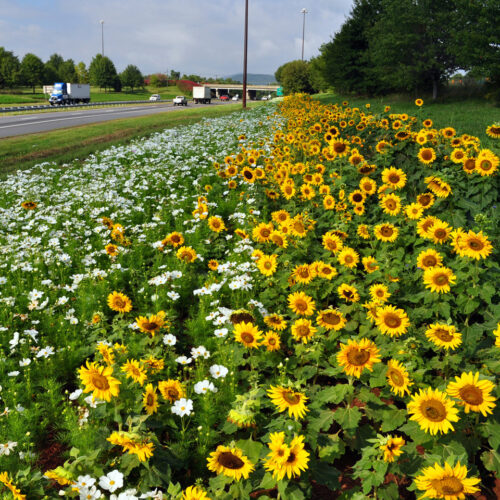 |
An Unusual Color in a Sunflower |
|
|
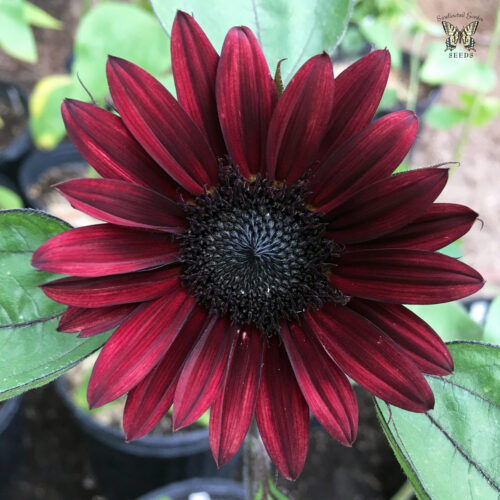 |
For the True Sunflower Enthusiast |
|
|
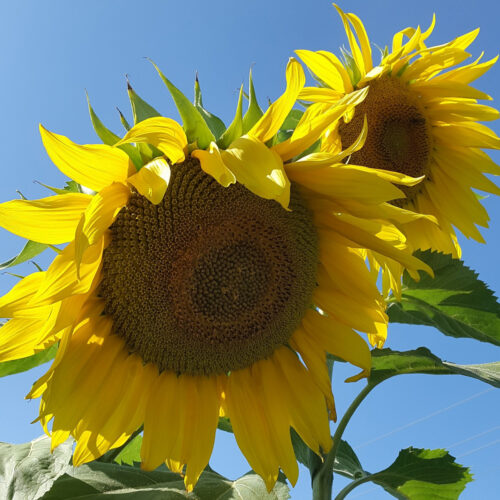 |
A Sunflower for a Paler Garden Palette |
|
5. ‘Vanilla Ice’
|
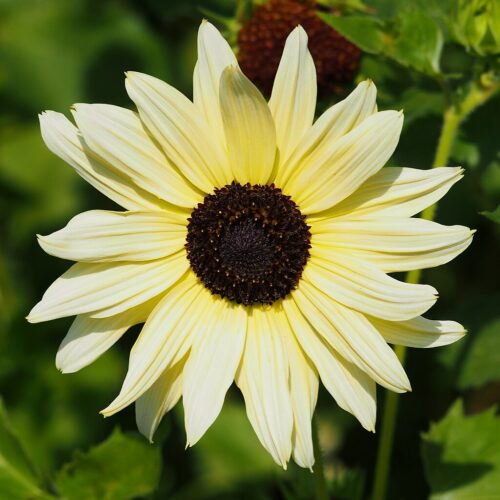 |
Discuss this and any other gardening topic in our Mid-Atlantic gardening forum
And for more Mid-Atlantic regional reports, click here.
More on sunflowers:
- Enjoy Cheery Late-Summer Blooms from ‘Happy Days’ Sunflower
- Kids Can Make Bird Feeders Out of Sunflower Heads
- Saving Titan Sunflower Seeds
Adam Glas is a garden supervisor and rosarian at the Scott Arboretum of Swarthmore College in Swarthmore, Pennsylvania.
Fine Gardening Recommended Products

Buffalo-Style Gardens: Create a Quirky, One-of-a-Kind Private Garden with Eye-Catching Designs
Fine Gardening receives a commission for items purchased through links on this site, including Amazon Associates and other affiliate advertising programs.

Corona® Multi-Purpose Metal Mini Garden Shovel
Fine Gardening receives a commission for items purchased through links on this site, including Amazon Associates and other affiliate advertising programs.





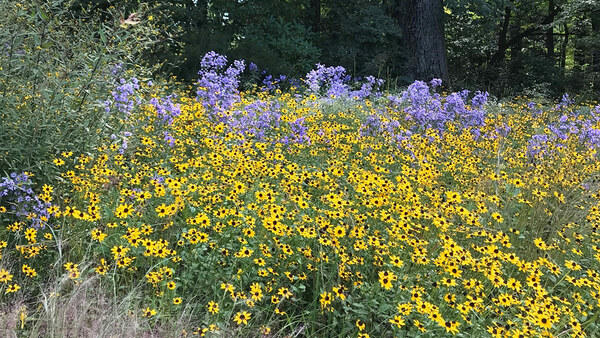













Comments
Log in or create an account to post a comment.
Sign up Log in